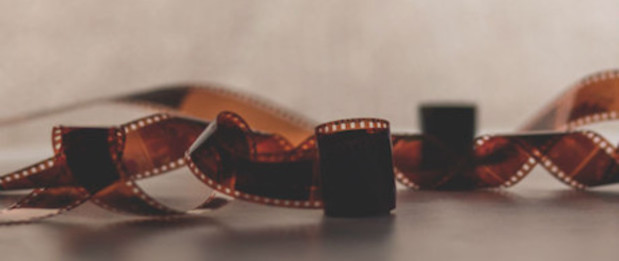What is it: A tool that analyses digital images, showing the areas where they could have been altered
Cost: Free for a basic report for images in JPEG and PNG format. A Lab version with additional features is available at a cost.
How is it of use to journalists: Verifying information from social media is becoming a key skill for journalists today. You can find many helpful guides for verifying images sourced online – the process involves multiple steps including geolocating the photo, checking whether the person who shared it online is the creator of the image and contacting them whenever possible.
FotoForensics can help along the way by providing analysis of the digital image that could help you work out whether the photo has been altered or not.
The site is free to use and you don’t need an account to check a particular photo – you can upload your file from your device or using a URL, and you will receive a report that includes information such as metadata and error level analysis.
Moreover, FotoForensics features a number of tutorials to help you learn more about how to analyse what you see, and what each of the factors included in the report mean.
As well as analysing a number of photos alongside notes from FotoForensics to help you make a better assessment, you can also read a list of common mistakes you can make when going through the process.
One thing to consider when using this tool is that it cannot give you a verdict on whether or not an image has been edited. It can provide information you can use to make up your own mind. When assessing images sourced from social media, it’s also important to remember that it’s possible they have been reposted a number of times, and the image quality has deteriorated with every share.
“The very first question an analyst should ask is ‘where did this picture come from?’,” an article from FotoForensics outlining common mistakes explains. “Online services, like Facebook and Twitter, resave pictures at a low quality. The size of an image and the quality of the picture directly impacts the ability to evaluate the file. A large picture that has been repeatedly resaved with JPEG compression is also unlikely to have subtle artifacts intact.”
The free version of FotoForensics, which you can access without an account, is a public website. Each image you upload is stored by FotoForensics and can be used for research purposes. You can find out more about the privacy policy of the tool here. Registering an account and signing up for the Lab version gives you more privacy options.
FotoForensics has been recommended by verification experts including Tetiana Matychak, co-founder of Ukrainian fact-checking site StopFake, and Craig Silverman, media editor, BuzzFeed News, and editor of the Verification Handbook.
When using this tool, remember that it is only one step of the verification process. It could help speed up your task, but it won’t provide you with all the answers in a few seconds.
Free daily newsletter
If you like our news and feature articles, you can sign up to receive our free daily (Mon-Fri) email newsletter (mobile friendly).
Related articles
- Journalists are happy to be disconnecting from platforms, should news organisations be worried?
- 40 essential newsletters every journalist should read
- Protecting journalists on social media, with Valérie Bélair-Gagnon
- What will your audience want in the future?
- 15 free sources of data on the media industry










